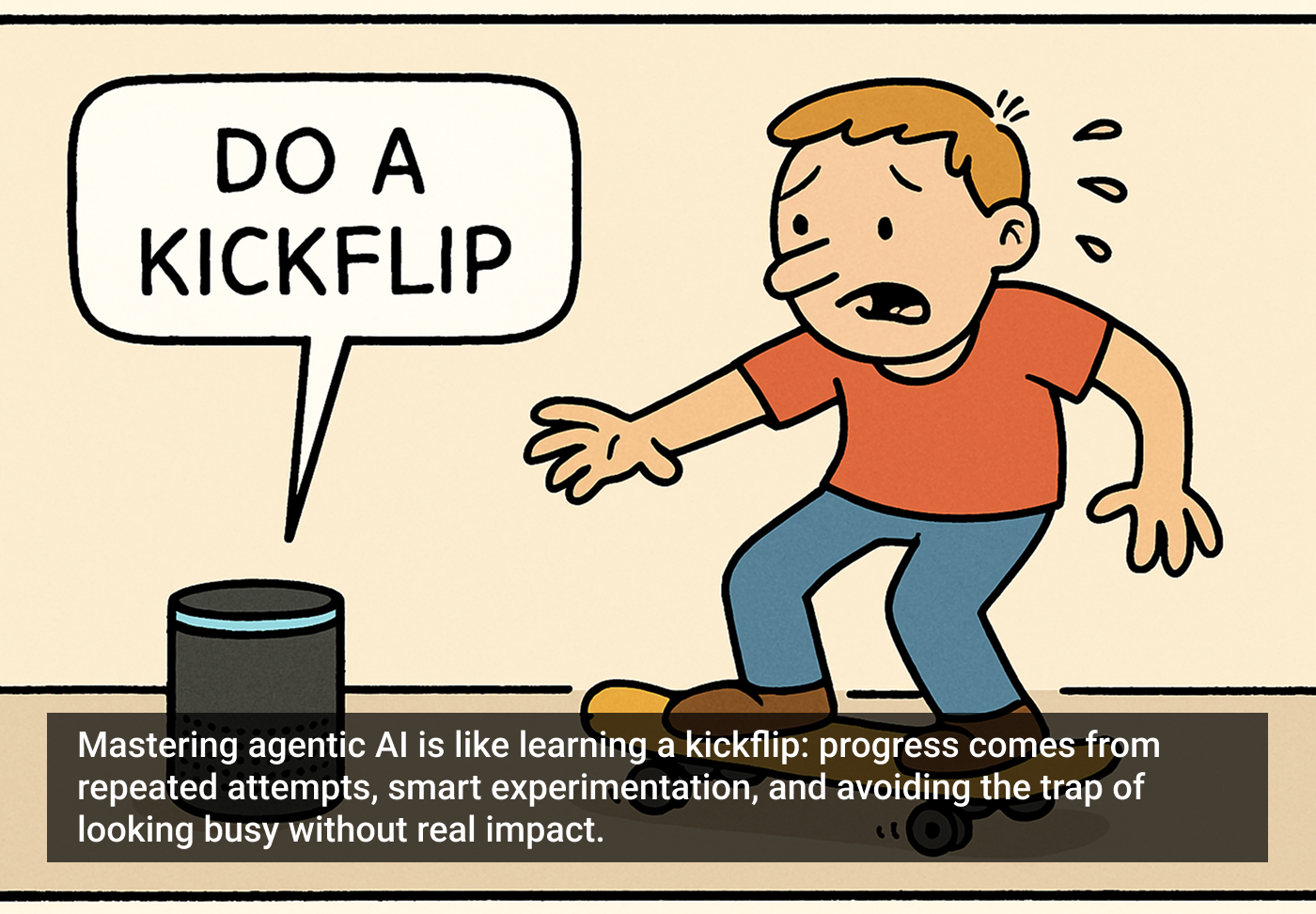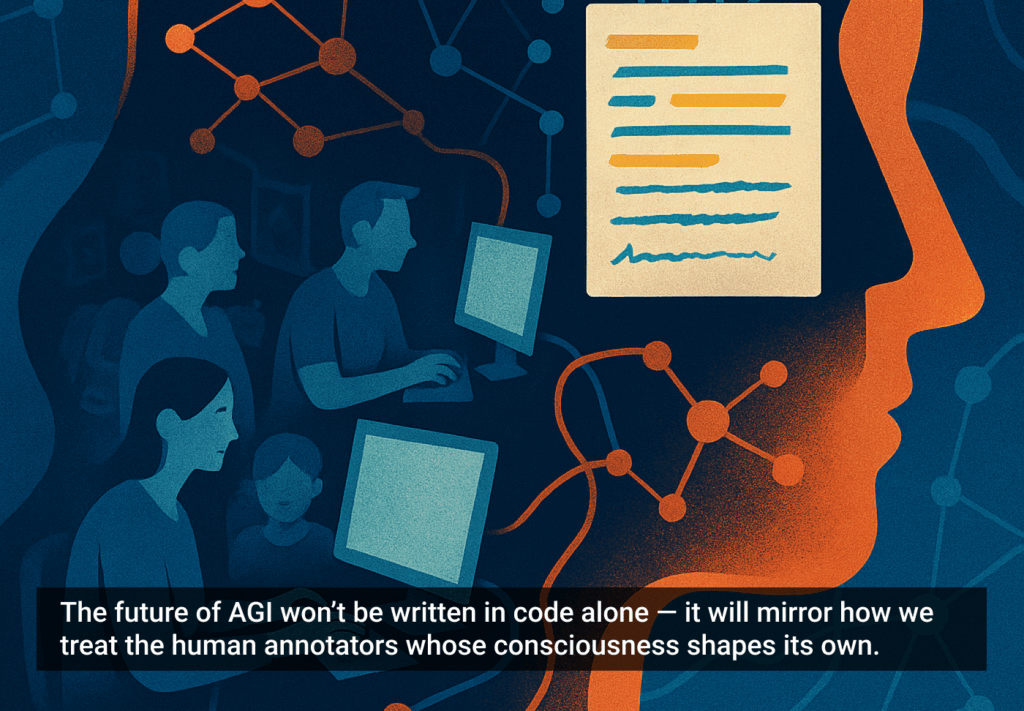Introduction
Recently, I was fortunate enough to spend 90 minutes with Rob Wilson & Jordan Ratner from OneReach AI. And I had to ask myself the question, am I the only one that missed their presence and significance up until the January 2022 Gartner report on Conversational AI platforms?
With regards to Gartner, they were one of six platforms on the top quadrant, and the top scorer in the categories of Customer Service Use Cases, Multi-Bot Orchestration, HR Use Cases, and VoiceBot in Call Centre Use Cases.

Considering the Gartner categories, the Multi-Bot Orchestration capability of OneReach AI impressed me the most. More about that later…
Is being rated number one really a worthy goal?
~ Rob Wilson
Rob and Jordan were extremely generous with their time, and after our conversation I realized that OneReach AI is by design, detached and inward-looking. They are relentless in hardening their product, focussing on customer solutions, and micro-skills that are highly sequenceable and hyper-automated.
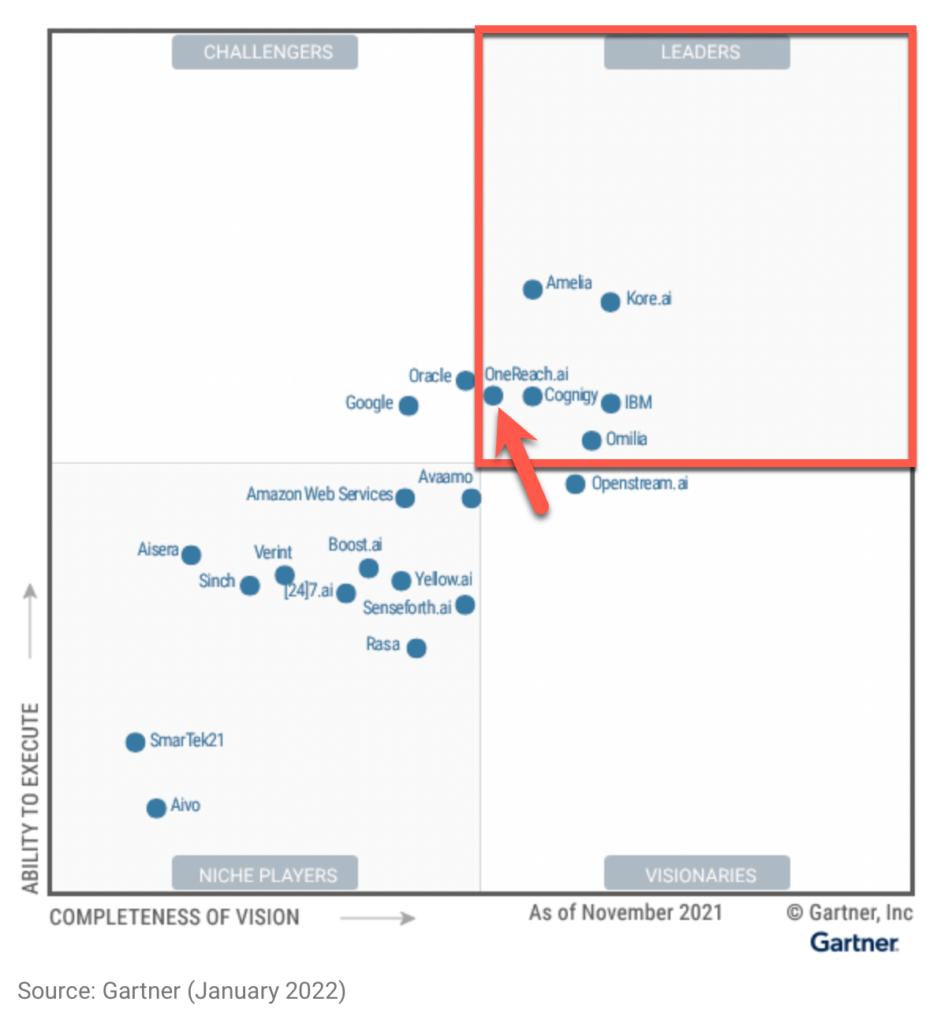
Access To OneReach
I asked for access to OneReach AI, did I get it? No.
But I got a detailed walk-through from Jordan. I soon realized it will be hard to write an article encompassing the whole of OneReach AI and doing a complete assessment. It is a beast of an environment that will be hard to quantify.
Considering the five broad approaches to platform access listed below…

OneReach AI falls into the No Access/Consultancy Based category. They share this approach with among others, Boost AI.
The fact that OneReach AI does not make its platform freely available does not imply that its UI is not highly developed and very granular. On the contrary, OneReach AI is most probably one of the most granular and fine-tune orientated no-code environments around.
More About OneReach AI
OneReach AI is not a chatbot/voice bot development framework, I would argue it is not a Conversational AI framework per se. It is really a conversation orchestration engine, acting as a single front door for customers.
Again, the OneReach AI design canvas is not a conversation flow designer, or flow-node manager. It is really an orchestration canvas, where multiple processes can be kicked off and managed in parallel. Micro-bots can be orchestrated for multidimensional customer service. Allow me to explain…
“We used to have to focus our conversational AI design around what was possible with the technology. Finding OneReach.ai meant that the technology melted away for the first time. We could focus on the best experience for the user, not what the technology partners were capable of.”
~ Deloitte.
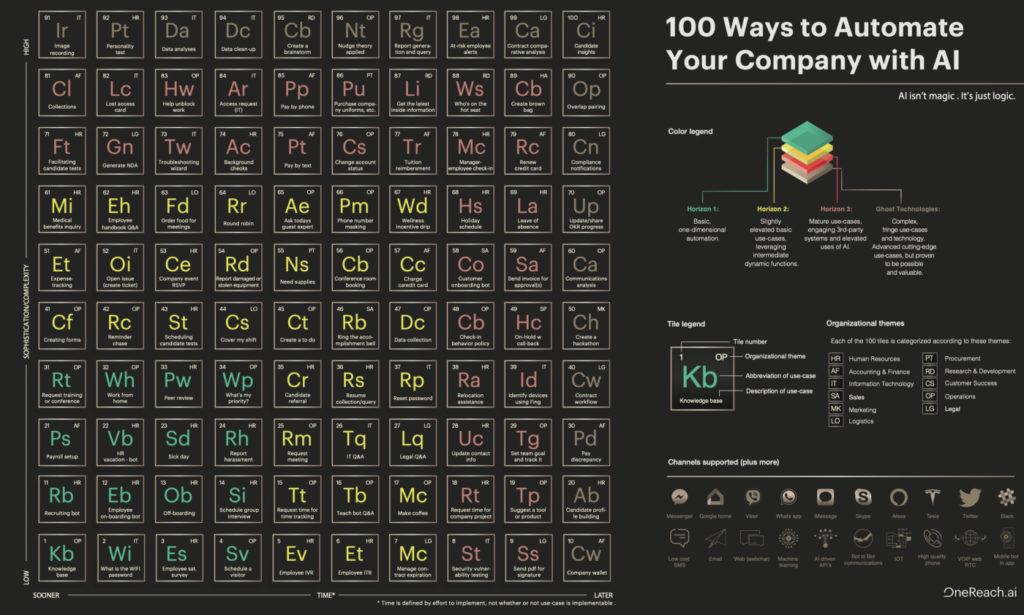
For instance, take the following scenario… a customer calls a voice bot, and while the customer is mid-way in changing their debit order date, the call disconnects. Within OneReach AI this scenario can be orchestrated in the following ways:
- OneReach AI checks if the caller has called back.
- If the caller has not called back, a call can be placed to the user, asking them if they would like to complete the transaction.
- Or they can be sent a text, asked if they are OK, and offered an opportunity to reschedule the call.
- Or offer alternative mediums.
- If the customer does call back, they are offered to continue where the process stopped.
- If a back-end process takes too long, the bot can offer the caller a disconnect, and a notification once the transaction is completed successfully.
Is OneReach Self-Contained?
The platform is a complete no-code to low-code orchestration interface and there are no loose tooling necessitating business consultants.
Is OneReach AI self-contained, not 100%. Does it need to be? No.
OneReach AI does have its own NLU, but they also leverage external NLU engines, like most chatbot frameworks. OneReach AI also leverages third-party products for voice enablement; Speech Synthesis (Text-To-Speech)and Automatic Speech Recognition (Speech-To-Text), like most other frameworks.
There are two criticisms from Gartner, the one is their reliance on third-party AI capabilities.
This does create architectural dependencies and increases complexity, but gone are the days of a single one-stop cloud solution for an enterprise. One could argue it is a strength of OneReach AI to be able to integrate, and leverage existing AI components.
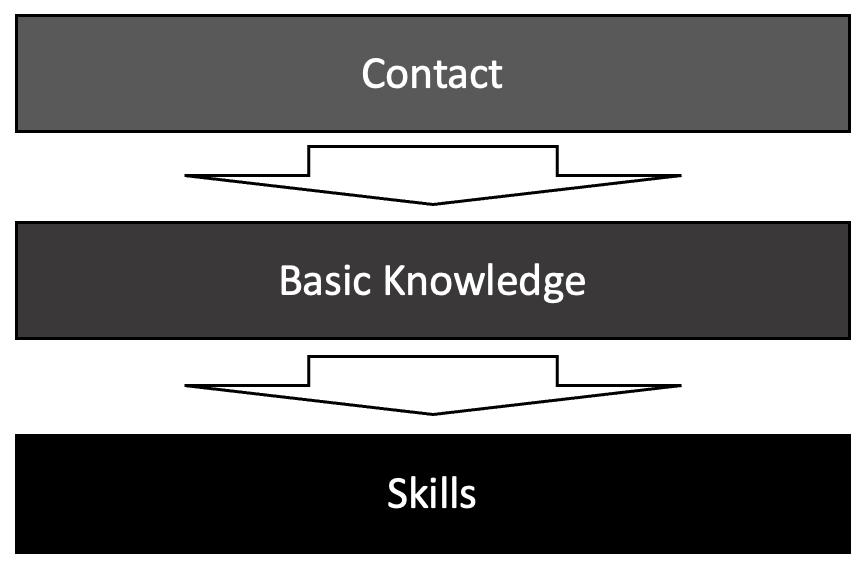
The second argument against OneReach AI is that it does not have industry and domain specific offerings. As Gartner describes it:
OneReach.ai does not advertise its industry- and domain-specific components because it sees them merely as accelerators and not something that should be used to create turnkey bots. Clients should share the same focus on experience as OneReach.ai to get good value.
Lastly…
Surely there will be vulnerabilities and implementation Achilles heels with regards to OneReach AI…
Voice is definitely a strength of OneReach AI, with a Twilio-like interface to buy a number, set up a voice bot, create a flow, and call it within minutes.
Secondly, OneReach AI has an extreme focus on customer experience and orchestrating that experience. In the ad-hoc demo, there were no developer constraints. It was a scenario of, if you can think it, you can do it.
Lastly, everything is modular and customizable and the environment is focused on actioning customer requests; hence focus on integration is immense.






